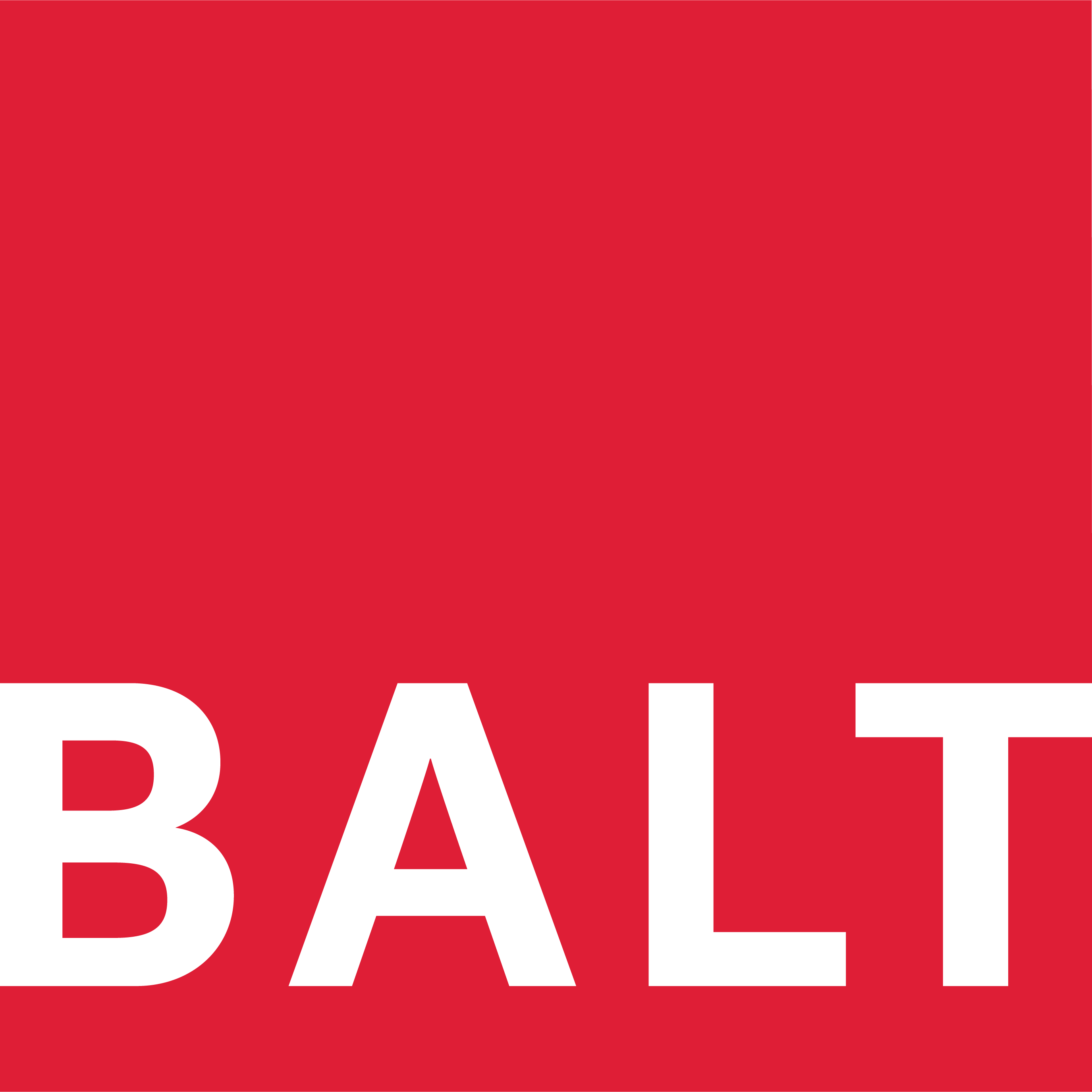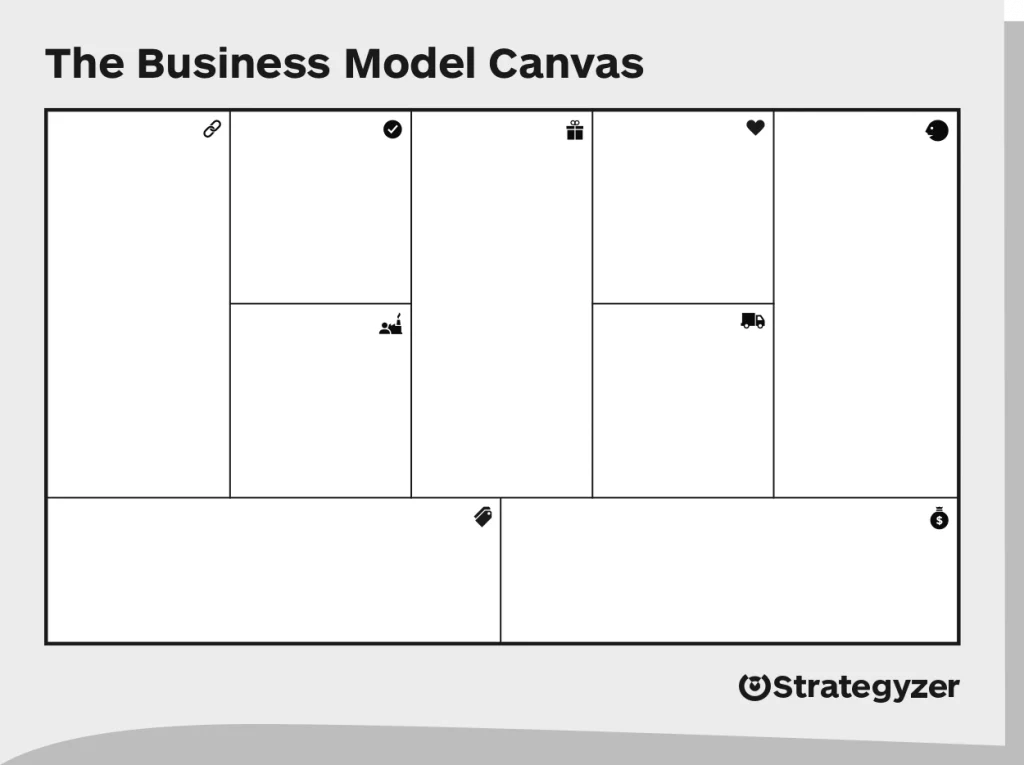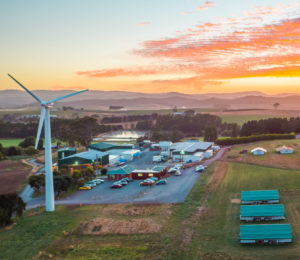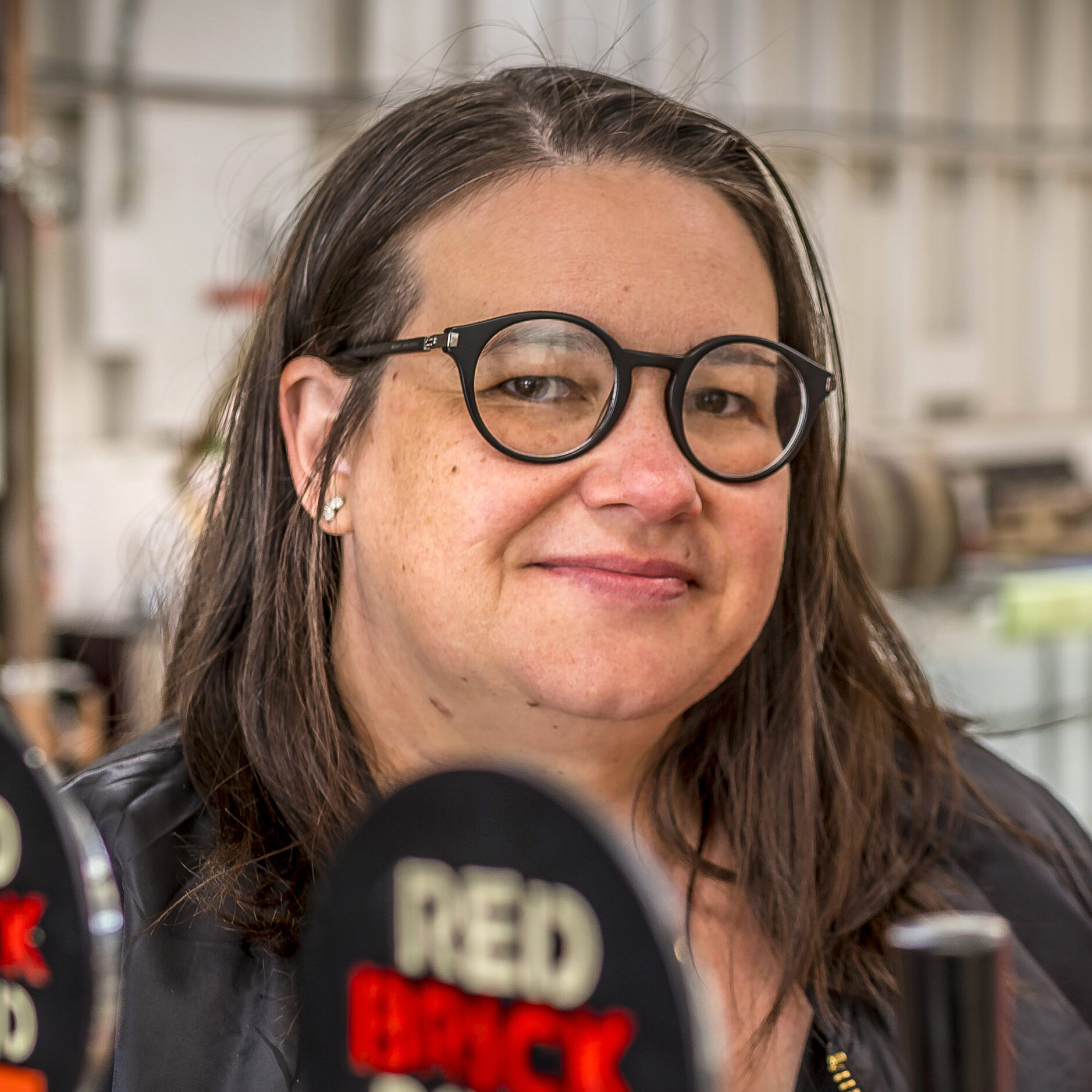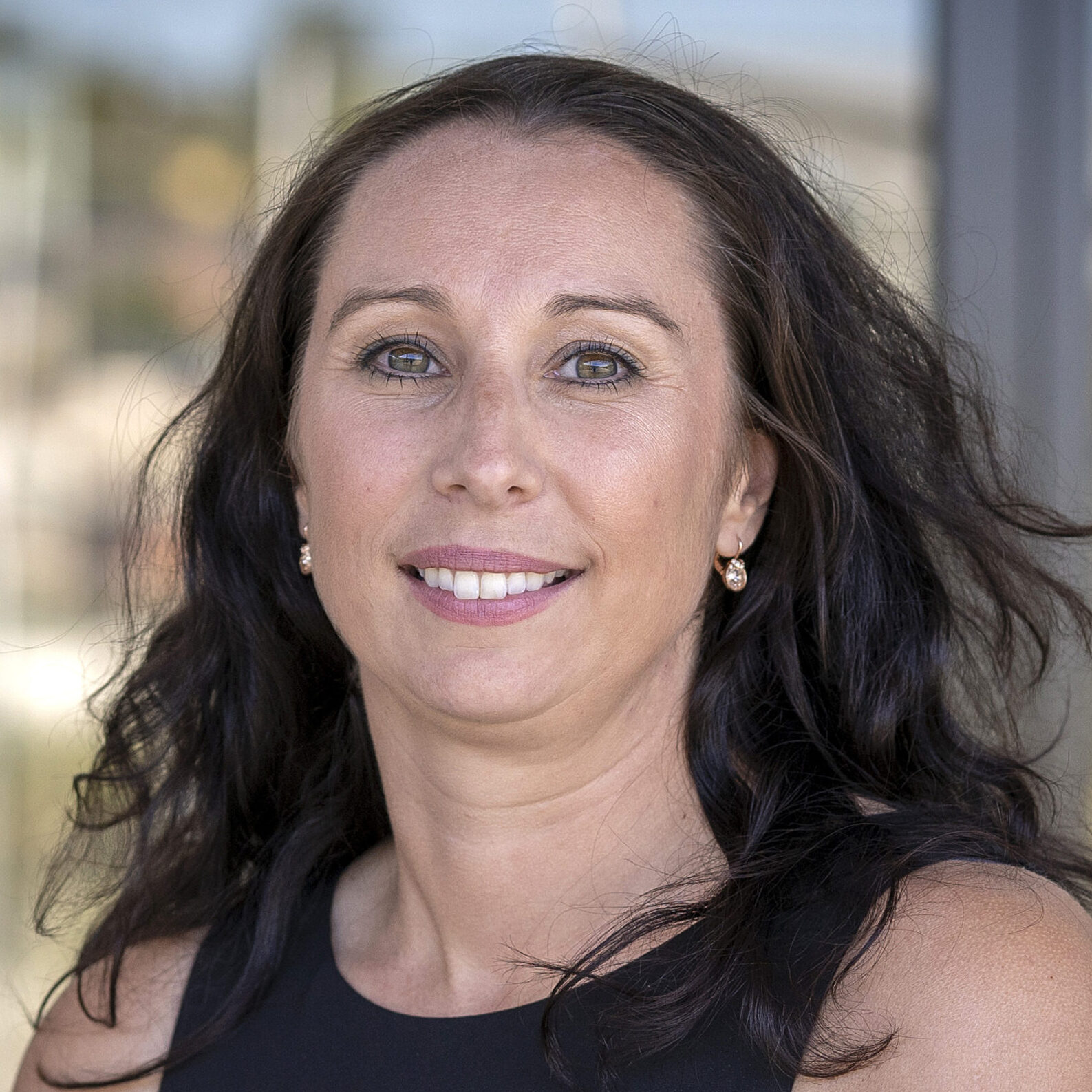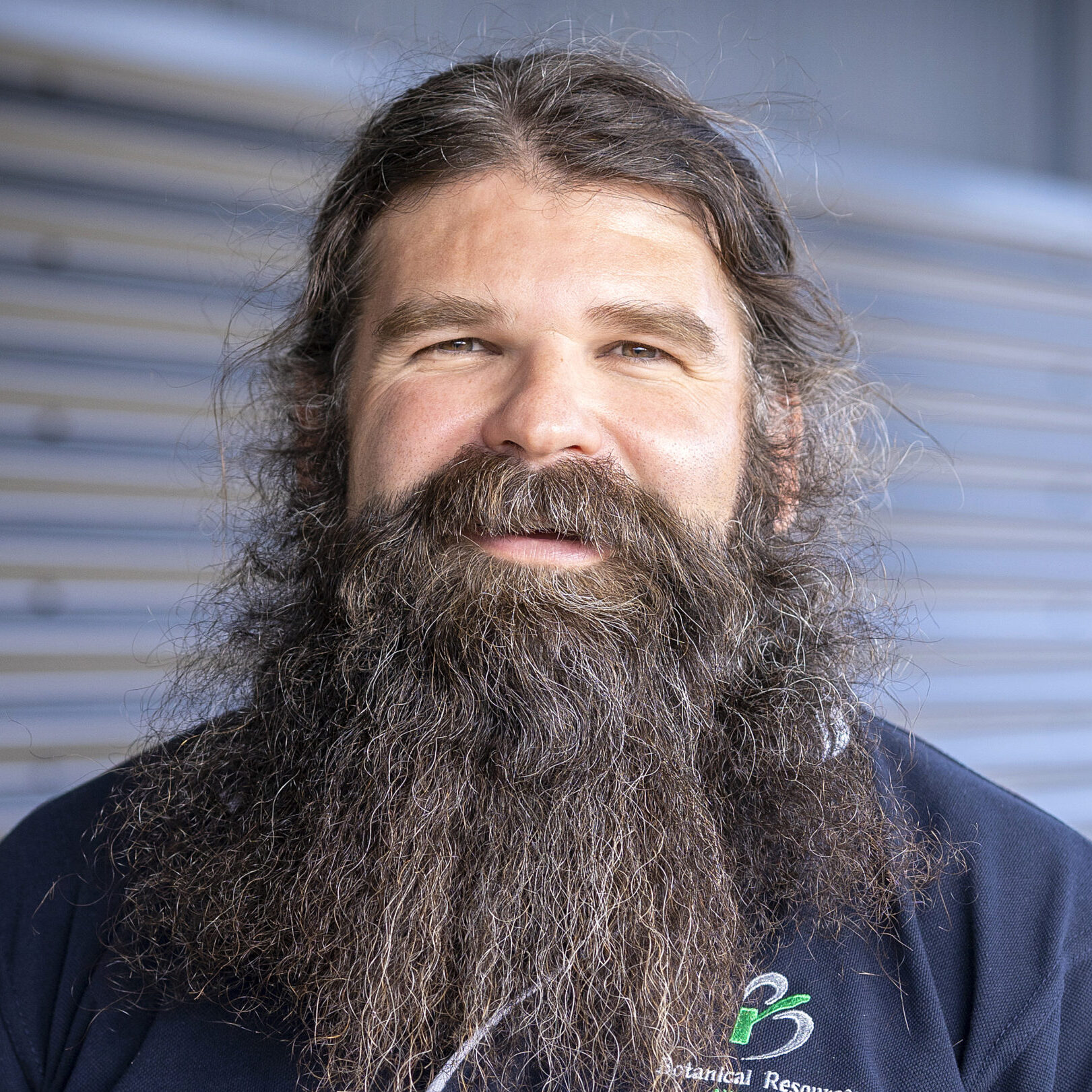The shift from linear to circular systems is not just an environmental imperative but a strategic necessity for long-term profitability and resilience. A sustainable business model integrates principles that reduce waste, encourage reuse, and promote the regeneration of natural systems. For small to medium-sized businesses to succeed in a circular economy, rethinking traditional business models is critical. The CSIRO’s Data61 has been building upon a traditional Business Model Ontology, using the Protege ontology engineering tool developed by Stanford University, to analyse alternative models and present observable patterns that can guide your business in making this shift, ensuring social, environmental and economic sustainability in the modern market.
The Business Model Canvas
Osterwalder’s Business Model Canvas is a strategic management tool that helps businesses to visualize, design, and innovate their business models. Comprising nine key segments—from value propositions and customer segments to revenue streams and cost structure—it offers a clear framework to map out every aspect of a business. Taking a broad view encourages deep thinking about how a company delivers value to its customers and captures value in return. The business model canvas is ideal for testing ideas when trying to pivot towards more sustainable practices because it emphasises value as a central tenet. Learn more about how to use the canvas on the Strategyzer site.
In this video, Dr. Andrew Terhorst focusses on each of the key segments of Osterwalder’s Business Model Canvas, and six models that emerge from his study of businesses adopting circular economic principles.
About Dr Andrew Terhorst
PhD (Business), MSc (Geology)
Circular Economy Business Models
Repair & Maintenance
Offering services for a fee to extend the primary product lifecycle.

Reuse & Redistribution
Collecting, transporting and reselling products, components and materials for reuse with minimal alteration.
Refurbishment & Remanufacturing Restoring a used product to ‘like-new’ condition by cleaning, repair, and replacement of parts.

Recycling
Extracting base materials at the end of the product lifecycle for manufacture into new products.
Cascading & Repurposing Finding new uses for products or materials at the end of their primary primary product lifecycle.
Organic feedstock
Converting organic ‘waste’ into bioenergy, animal feeds, fertilisers and other bio-based products.
Exploring business models for the Circular Economy
Through the framework of Osterwalder’s Business Model Canvas, we can explore the nuanced shifts in conventional business models that we need to consider as we make the transition to a circular economic system in Tasmania.

At the heart of a circular economy business model lies the value proposition, which fundamentally redefines what it means to offer value. Current approaches focus on the immediate needs or desires of customers, whereas circular value propositions also consider the broader environmental and social impacts. Products and services are still designed for functionality and satisfaction but embedded with a commitment to reduced waste, enhanced sustainability, and the regeneration of natural systems. Businesses must innovate, clever design solutions that contribute positively to the planet and society.

The target customer segments in a circular economy model are typically those who are already inclined towards sustainability. These individuals or businesses are seeking out products and services that align with their environmental values. They are willing to engage in new consumption patterns, such as sharing, leasing, or buying refurbished products, placing value in reducing their ecological footprint.

Distribution channels, too, must be reconsidered. The focus shifts towards minimising environmental impacts through the adoption of ‘green’ logistics, the use of digital platforms to facilitate product sharing or leasing, and the implementation of local supply chains to reduce carbon emissions.

Building and maintaining customer relationships in a circular model involves a greater degree of transparency and engagement regarding sustainability efforts. Companies might encourage customers to participate in take-back schemes, offer incentives for returning used products, and build communities around shared values of environmental stewardship.

The revenue streams of a circular economy business model move beyond the material transactions of traditional sales. Innovative models like renting, leasing, or providing a product as a service emphasise access over ownership, encouraging longer product life cycles and facilitating recycling or refurbishment.

Key resources in the circular business model are inherently sustainable, encompassing renewable, recyclable, or biodegradable materials and prioritising energy from renewable sources. Business operations are continuously improving to achieve a minimal environmental footprint.

The activities in a circular business model are heavily focussed on designing products for durability, repairability, and recyclability. This includes designing the systems and processes supporting logistics of product returns for refurbishment or recycling and managing innovation to continue to reduce waste and improve resource efficiency.

Partnerships play a crucial role in participating in a circular economy. Collaborating with suppliers of sustainable materials, recycling companies, and organisations working towards shared sustainability goals creates the supportive ecosystem that enables the circular flow of materials.

Finally, the cost structure of a circular economy business model not only seeks cost efficiency but also accounts for the external environmental and social costs associated with business operations. This involves learning new ways of accounting and measuring business performance.
The three pillars of sustainability
A circular business model must be robust, ensuring that it not only contributes positively to the environment and society but remains economically viable.
The social pillar focuses on fair and beneficial business practices toward labour, the community, and region in which a company conducts its business.
The environmental pillar emphasises the need to reduce ecological footprints by carefully managing resource consumption and reducing waste.
The financial pillar, or economic sustainability, involves generating profit through practices that are not only environmentally friendly but also socially responsible.
